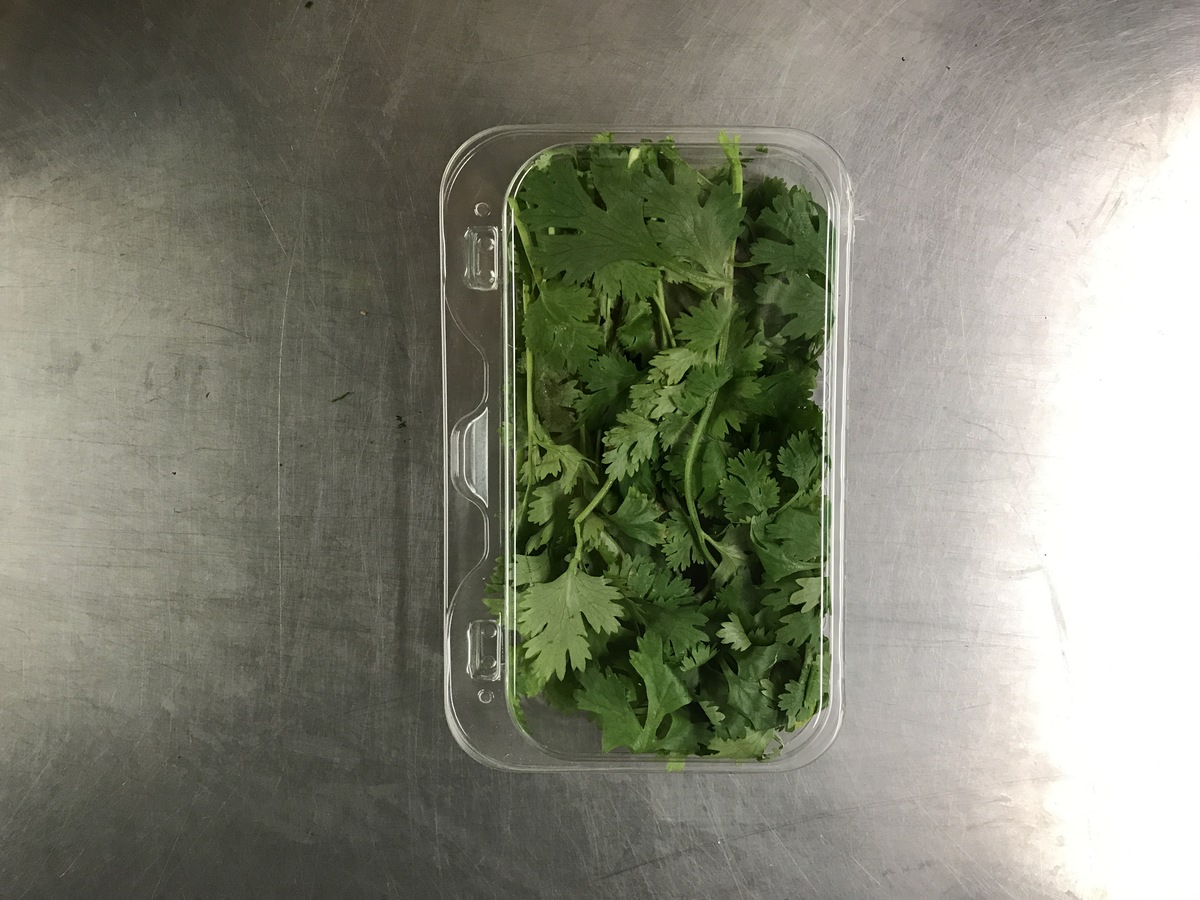

Articles
How To Store Cut Mint
Modified: August 25, 2024
Learn the best way to store cut mint in this informative article. Keep your mint fresh and flavorful for longer.
(Many of the links in this article redirect to a specific reviewed product. Your purchase of these products through affiliate links helps to generate commission for Storables.com, at no extra cost. Learn more)
Introduction
Welcome to our guide on how to store cut mint! Mint is a versatile and aromatic herb that can be used in a variety of dishes, from salads to desserts. However, once you’ve cut fresh mint from your garden or bought it from the store, you may find yourself wondering how to properly store it to keep its flavor and freshness intact.
Storing cut mint is essential to maintain its vibrant color, fragrant aroma, and delicate flavor. Whether you’re an avid cook or simply want to enjoy a refreshing minty infusion in your beverages, knowing the best storage methods can make all the difference in preserving the quality of this herb.
In this article, we will explore why it is important to store cut mint correctly, how to choose fresh mint, the proper preparation techniques, and the different methods of storing cut mint to ensure it stays fresh for longer periods of time.
So, if you’re ready to learn the secrets of storing cut mint and prolonging its shelf life, let’s dive right in!
Key Takeaways:
- Preserve the vibrant flavor and aroma of fresh mint by storing it properly. Refrigeration, freezing, drying, and alternative techniques offer versatile options for extending the shelf life of this versatile herb.
- Extend the shelf life of fresh mint with simple and effective storage methods. From refrigeration to drying and creative alternatives like mint-infused oil and vinegar, there are numerous ways to savor the delightful taste and aroma of mint.
Read more: How To Store Mint In Freezer
Why Store Cut Mint
Storing cut mint is crucial for preserving its flavor, aroma, and nutritional value. Here are a few reasons why you should consider storing cut mint properly:
- Prolongs Freshness: By storing cut mint correctly, you can extend its freshness and prevent it from wilting or spoiling quickly. This allows you to enjoy the herb for a longer period of time.
- Preserves Flavor: Fresh mint leaves have a distinct and vibrant flavor that can elevate the taste of a dish or beverage. Proper storage helps retain the herb’s flavor, ensuring that it retains its potency when used in recipes.
- Aroma Retention: Mint leaves have a refreshing and invigorating aroma that can uplift your senses. When stored properly, this fragrance can be preserved, enhancing the overall culinary experience.
- Convenience: Storing cut mint allows you to have the herb readily available whenever you need it, saving you time and effort in picking or buying it every time you want to use it in your cooking or beverages.
- Budget-Friendly: If you have a surplus of fresh mint, proper storage can prevent waste and help you make the most of your herb. This saves you money by avoiding frequent purchases of mint.
Now that we understand the importance of storing cut mint, let’s move on to learning how to choose the freshest mint leaves to ensure optimal taste and quality.
Choosing Fresh Mint
When it comes to choosing fresh mint, there are a few key factors to consider. Here’s what you should look for:
- Appearance: Opt for mint leaves that are vibrant green in color. Avoid leaves that are wilted, yellowing, or browning, as this indicates they may be past their prime.
- Fragrance: Fresh mint leaves should have a strong, refreshing aroma. Pick a few leaves and give them a gentle rub between your fingers to release their scent. If the fragrance is weak or has a musty smell, it may be a sign of older mint.
- Tenderness: Choose mint leaves that are supple and tender to the touch. Avoid leaves that feel tough, as they may have lost their flavor and become woody.
- Organic or Homegrown: Whenever possible, opt for organic mint or homegrown mint that is free from pesticides and chemicals. This ensures a cleaner and more natural flavor.
It’s worth noting that different varieties of mint, such as spearmint, peppermint, or chocolate mint, can have slightly different flavors and aromas. Experiment with different types to find the one that suits your preferences.
Once you have selected the freshest mint leaves, it’s time to prepare them for storage. Proceed to the next section to learn how to properly prepare cut mint.
Preparing Cut Mint
Before you store cut mint, it’s important to prepare the leaves properly. Here are the steps to follow:
- Inspect and Discard: Check the mint leaves for any signs of wilting, yellowing, or damage. Remove any leaves that appear to be spoiled or past their prime.
- Rinse: Rinse the remaining mint leaves under cold running water to remove any dirt or debris. Gently pat them dry with a clean kitchen towel or paper towel.
- Trim and Discard Stems: If the mint leaves have long stems, trim them off. The stems tend to wilt faster than the leaves, so it’s best to remove them before storing. Discard the stems or save them for other culinary uses if desired.
- Chop or Leave Whole: Depending on your preference and how you plan to use the mint, you can choose to either chop the leaves into smaller pieces or leave them whole. Chopped mint is convenient for quick and easy access, while leaving the leaves whole can help retain their freshness and flavor for a longer time.
Once you have prepared the cut mint, it’s time to explore the different methods of storing it to maintain its quality. Continue reading to discover the various storage techniques.
Storing Cut Mint
Properly storing cut mint is essential to preserve its freshness and flavor. There are several methods you can use, depending on your preference and how you plan to use the mint. Here are three common methods for storing cut mint:
- Method 1: Refrigeration
- Place the prepared mint leaves in a clean, dry container.
- Wrap the leaves loosely in a damp paper towel or place them in a perforated plastic bag.
- Seal the container tightly to trap moisture and prevent wilting.
- Store the container in the refrigerator, preferably in the crisper drawer.
- Check the mint leaves regularly and replace the paper towel if it becomes dry. This will help maintain the optimal moisture level.
- Method 2: Freezing
- Place the prepared mint leaves on a baking sheet lined with parchment paper.
- Spread the leaves out in a single layer to prevent them from clumping together.
- Place the baking sheet in the freezer and allow the mint leaves to freeze for a few hours.
- Once frozen, transfer the mint leaves to a resealable plastic bag or an airtight container.
- Label the bag or container with the date and store it in the freezer.
- When needed, simply remove the desired amount of mint leaves from the freezer and use them directly in your recipes. No need to thaw!
- Method 3: Drying
- Tie the prepared mint stems together with twine or a rubber band.
- Hang the mint bundle upside down in a well-ventilated area away from direct sunlight.
- Allow the mint to air dry completely, which can take anywhere from one to two weeks.
- Once dried, remove the leaves from the stems and store them in an airtight container.
- Keep the container in a cool, dark place to maintain the flavor and quality of the dried mint.
Refrigeration is one of the simplest and most popular ways to store cut mint:
Freezing is an effective method for long-term storage of cut mint:
Drying is a traditional method of storing herbs, including mint:
These methods will help you retain the freshness and flavor of cut mint for an extended duration. However, there are alternative techniques you can explore as well. Let’s explore them next.
Store cut mint by placing the stems in a glass of water, covering the leaves with a plastic bag, and refrigerating. Change the water every few days to keep the mint fresh.
Read more: How To Store Fresh Mint
Method 1: Refrigeration
Refrigeration is a popular and simple method for storing cut mint, as it helps maintain its freshness and flavor. Here’s how you can store cut mint in the refrigerator:
- Prepare the mint leaves by rinsing them under cold water to remove any dirt or debris. Pat them dry with a clean kitchen towel or paper towel.
- Choose a clean, dry container with an airtight lid. Glass containers or plastic containers with tight-fitting lids work well for this purpose.
- Place the prepared mint leaves in the container. You can either leave them whole or chop them according to your preference.
- To help retain moisture and prevent wilting, you can wrap the mint leaves loosely in a damp paper towel or place them in a perforated plastic bag.
- Seal the container tightly to trap moisture and prevent the mint leaves from drying out.
- Store the container in the refrigerator, preferably in the crisper drawer where the humidity levels are higher.
- Check the mint leaves regularly and replace the damp paper towel if it becomes dry. This will ensure that the leaves stay fresh and hydrated.
When stored properly in the refrigerator, cut mint can last for up to one to two weeks. However, it is best to use it as soon as possible for the best flavor and aroma.
Refrigerated mint can be used in a variety of recipes, from salads and dressings to teas and cocktails. Simply remove the desired amount of mint leaves from the container, rinse them if needed, and incorporate them into your dish or drink.
Now that you know how to store cut mint in the refrigerator, let’s explore another method: freezing.
Method 2: Freezing
Freezing is a convenient method for long-term storage of cut mint. By freezing mint leaves, you can preserve their flavor and aroma for several months. Here’s how you can freeze cut mint:
- Prepare the mint leaves by rinsing them under cold water to remove any dirt or debris. Gently pat them dry with a clean kitchen towel or paper towel.
- Line a baking sheet with parchment paper to prevent the mint leaves from sticking to the surface.
- Spread the prepared mint leaves out on the baking sheet in a single layer. Make sure they are not clumped together.
- Place the baking sheet in the freezer and allow the mint leaves to freeze for a few hours, until they are firm and solid.
- Once frozen, transfer the mint leaves into a resealable plastic bag or an airtight container.
- Label the bag or container with the date, as frozen mint leaves can retain their quality for around 6 to 8 months.
- Store the container in the freezer for long-term storage.
When you need to use frozen mint leaves, simply remove the desired amount from the freezer and use them directly in your recipes. There is no need to thaw the leaves beforehand, as they will quickly defrost when added to your dish or beverage.
While frozen mint leaves may lose a bit of their texture after thawing, their flavor and aroma will remain intact. You can use frozen mint in various recipes, such as smoothies, soups, sauces, and more.
Now that you know how to freeze cut mint, let’s explore another storage method: drying.
Method 3: Drying
Drying is a traditional method of preserving herbs, including mint. By drying mint leaves, you can extend their shelf life and enjoy their flavor even when the fresh herb is not available. Here’s how you can dry cut mint:
- Start by harvesting fresh mint from your garden or selecting a bunch from the store. Choose leaves that are free from any damage or browning.
- Gently rinse the mint leaves under cold water to remove any dirt or debris. Pat them dry using a clean kitchen towel or paper towel.
- Once dry, gather a small bunch of mint leaves and tie them together at the stems using a piece of kitchen twine or a rubber band.
- Find a well-ventilated area in your home, away from direct sunlight. Hanging the mint bundle upside down will allow air to circulate freely and aid in the drying process.
- Hang the mint bundle upside down by attaching it to a hook or securing it with a clothespin.
- Allow the mint to air dry completely, which typically takes about one to two weeks. The exact drying time can vary depending on the humidity levels in your area.
- Once the mint leaves are completely dry and crumbly to the touch, carefully remove them from the stems.
- Store the dried mint leaves in an airtight container in a cool, dark place, such as a pantry or spice cabinet.
- Label the container with the date to keep track of its freshness. Dried mint leaves can retain their potency for about six months to a year.
Dried mint can be used in a variety of culinary creations, including teas, Middle Eastern dishes, baked goods, and more. Simply crumble the desired amount of dried mint leaves into your recipe or steep them in hot water to make a soothing herbal tea.
By utilizing the drying method, you can have access to flavorful mint all year round, even when fresh mint is out of season or not readily available.
Now that you’ve learned how to dry cut mint, you have various options for storing this versatile herb. Experiment with each method to find the one that best suits your needs and preferences.
Next, let’s explore some alternative techniques you can try for storing cut mint.
Alternative Techniques
In addition to refrigeration, freezing, and drying, there are a few alternative techniques you can try for storing cut mint. While these methods may not be as common, they can still be effective in preserving the flavor and aroma of the herb. Consider these alternative techniques:
- Herb Preservation Jars: Herb preservation jars are specially designed containers that help extend the shelf life of fresh herbs, including mint. These jars typically have a water reservoir at the bottom to provide moisture and keep the herbs hydrated. Simply place the cut mint stems in the jar and store it in the refrigerator. This method can keep the mint fresh for longer periods.
- Mint Infused Oil: Another creative way to store cut mint is by infusing it in oil. Simply place the mint leaves in a bottle or jar and cover them with olive oil or another neutral oil. Seal the container tightly and store it in a cool, dark place. The oil will absorb the flavors and aromas of the mint, creating a delicious infused oil that can be used in various dishes.
- Mint Vinegar: Similar to mint-infused oil, you can also create mint vinegar. Place the mint leaves in a bottle or jar and cover them with vinegar, such as white wine vinegar or apple cider vinegar. Seal the container and store it in a cool, dark place. Over time, the vinegar will become infused with the essence of mint, adding a delightful flavor to your dressings, marinades, and sauces.
- Mint Pesto: If you have a surplus of mint leaves, consider making mint pesto. Blend the mint leaves with garlic, nuts, cheese, and olive oil to create a flavorful pesto sauce. Store the pesto in a jar and keep it refrigerated. The added oil and ingredients help preserve the mint and maintain its taste for a longer time.
These alternative techniques not only allow you to store cut mint but also provide you with unique and flavorful creations that can be used in your cooking. Feel free to experiment with these methods and explore new ways to enjoy the wonderful taste and aroma of fresh mint.
Now that you have a variety of storage options at your disposal, you can confidently store and preserve cut mint for future use.
Read more: How To Store Mint Leaves
Conclusion
Knowing how to store cut mint properly is essential for maintaining its freshness, flavor, and aroma. Whether you have freshly harvested mint from your garden or purchased it from the store, the right storage techniques can extend its shelf life and allow you to enjoy the herb for a longer time.
In this guide, we explored various methods for storing cut mint. Refrigeration is a simple and popular option, where you can keep the mint leaves in a container in the refrigerator, ensuring they are wrapped in a damp paper towel or placed in a perforated bag to retain moisture.
Freezing is an effective method for long-term storage, allowing you to freeze the mint leaves in a single layer on a baking sheet before transferring them to a sealed container or bag in the freezer. This way, you can enjoy the freshness of mint even when it’s out of season.
Drying is a traditional approach to herb preservation, where mint leaves are bundled and hung upside down in a well-ventilated area until they are completely dried. These dried mint leaves can be stored in an airtight container and used for a variety of culinary creations.
Furthermore, we explored alternative techniques such as herb preservation jars, mint-infused oil, mint vinegar, and mint pesto, which provide unique ways to store and enjoy cut mint.
By following these methods, you can prolong the shelf life of cut mint, preserve its vibrant green color, and retain its delightful flavor and aroma for various culinary adventures.
So the next time you have an abundance of fresh mint, don’t let it go to waste. Instead, use these storage techniques to enjoy the incredible taste and aroma of mint in your dishes, drinks, and recipes all year round!
Frequently Asked Questions about How To Store Cut Mint
Was this page helpful?
At Storables.com, we guarantee accurate and reliable information. Our content, validated by Expert Board Contributors, is crafted following stringent Editorial Policies. We're committed to providing you with well-researched, expert-backed insights for all your informational needs.
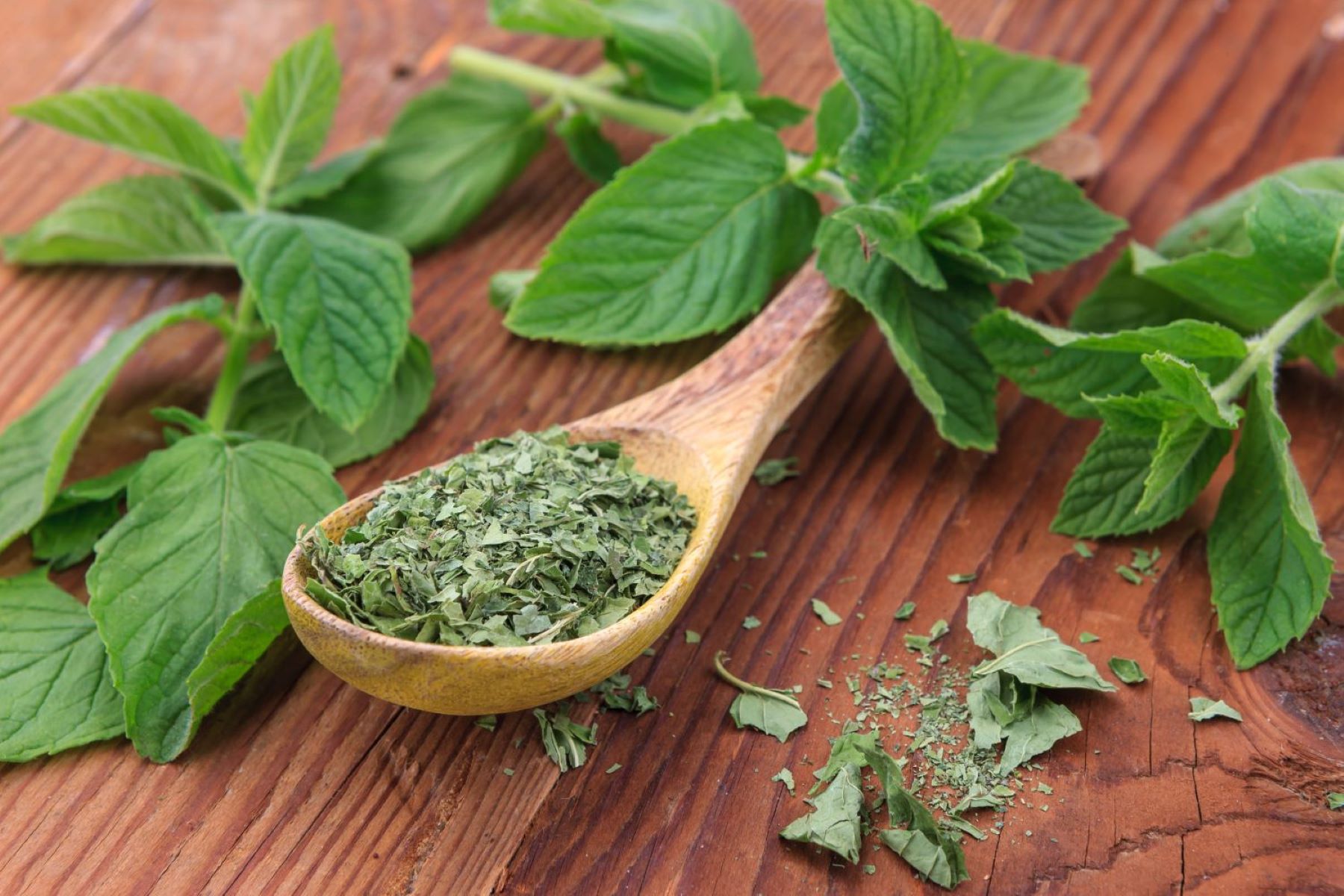
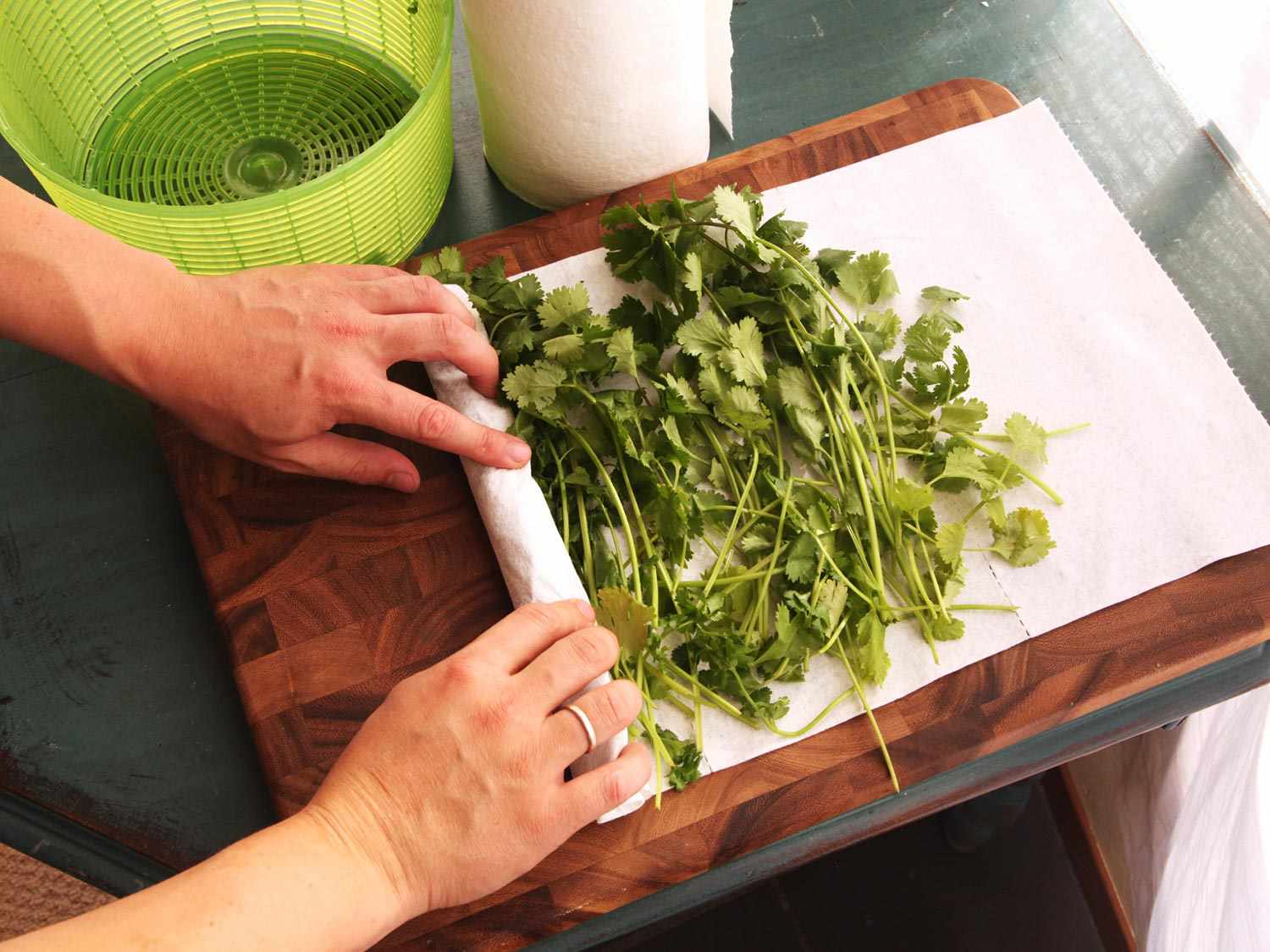
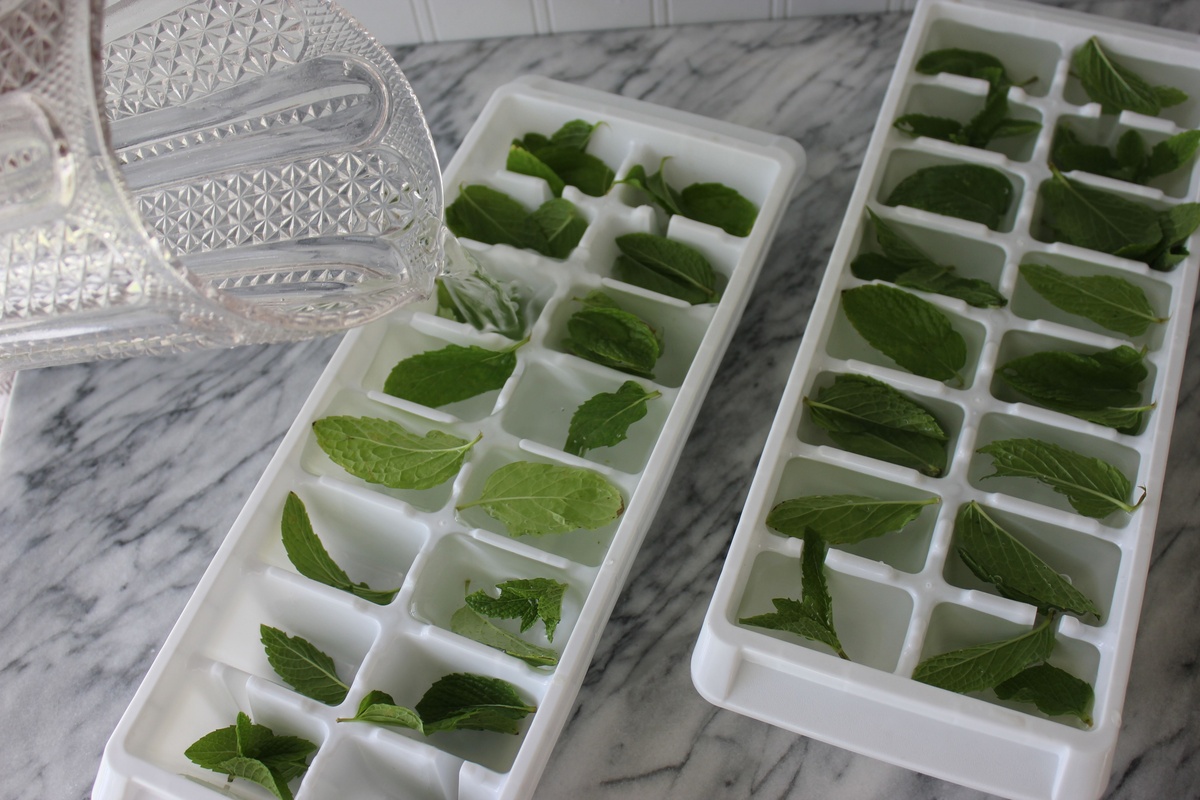
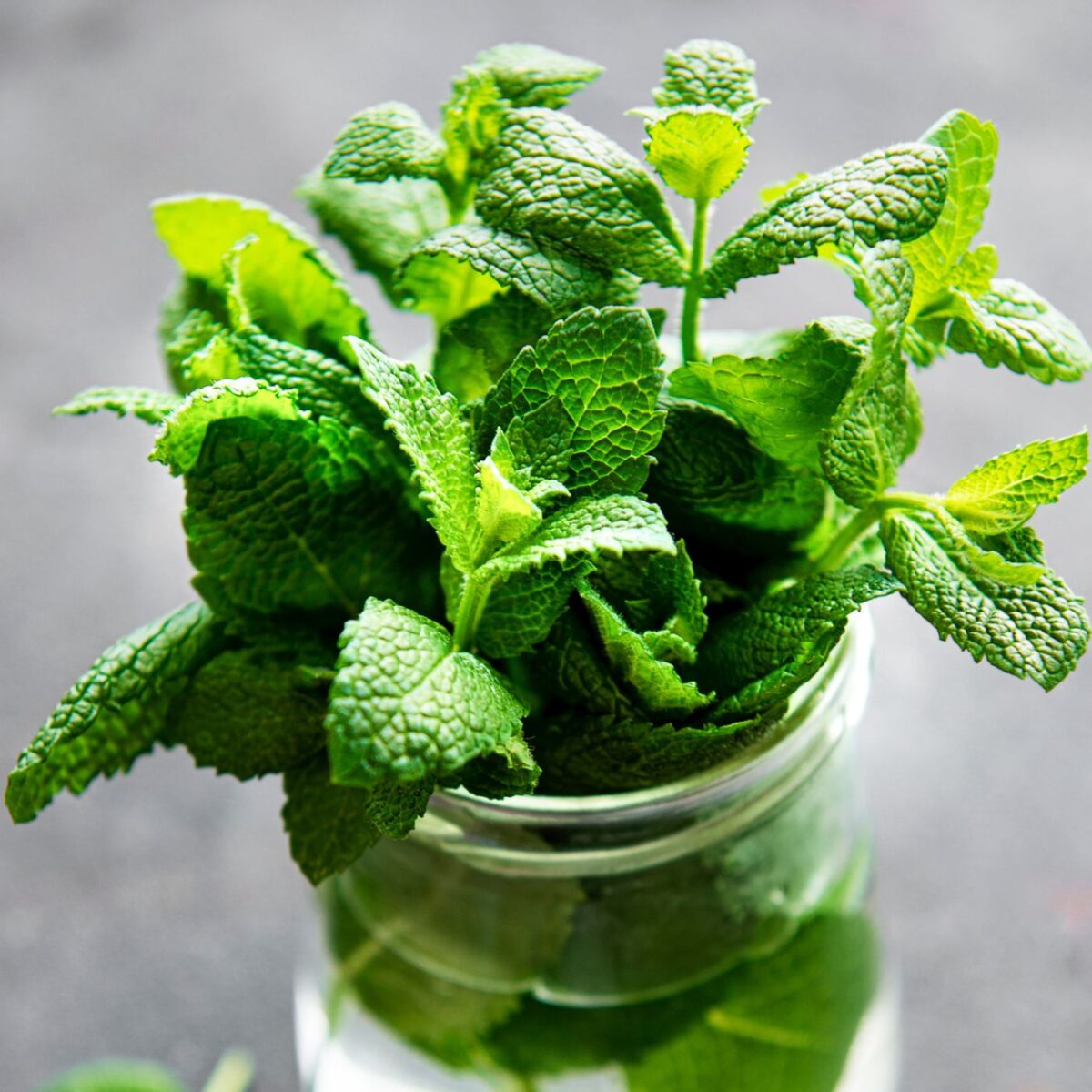
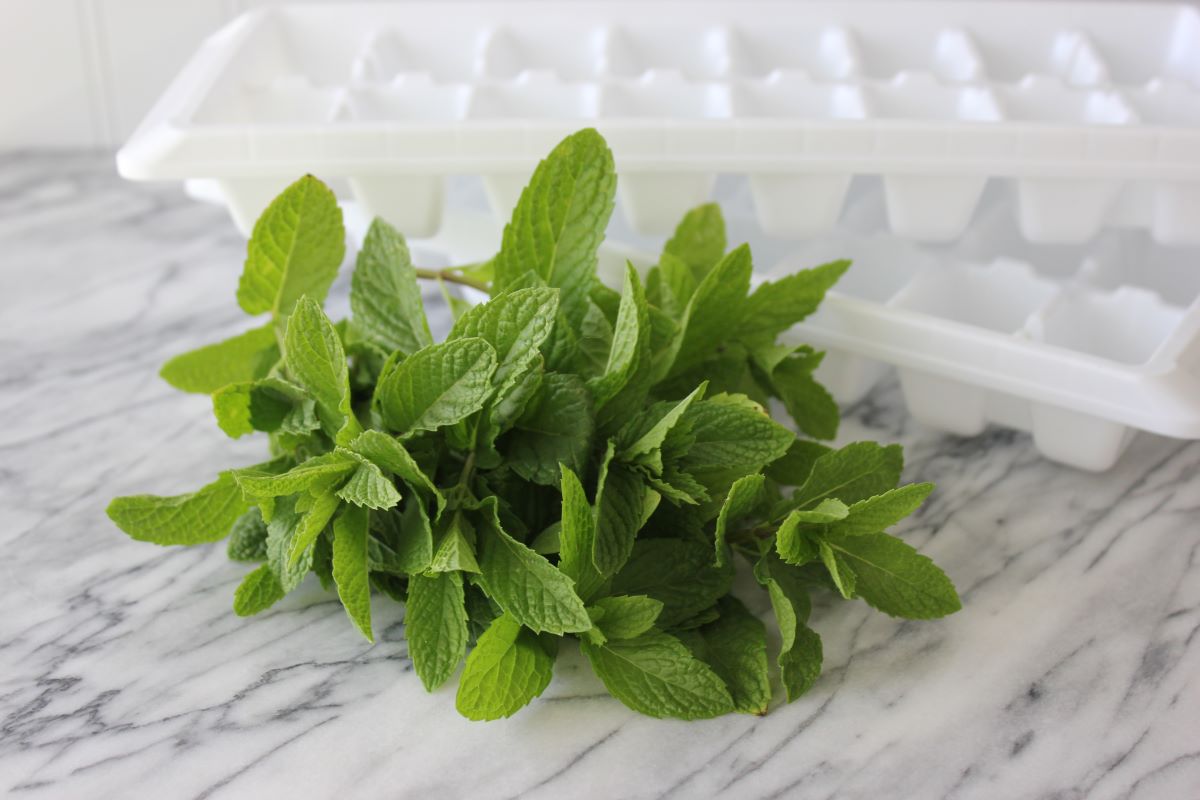
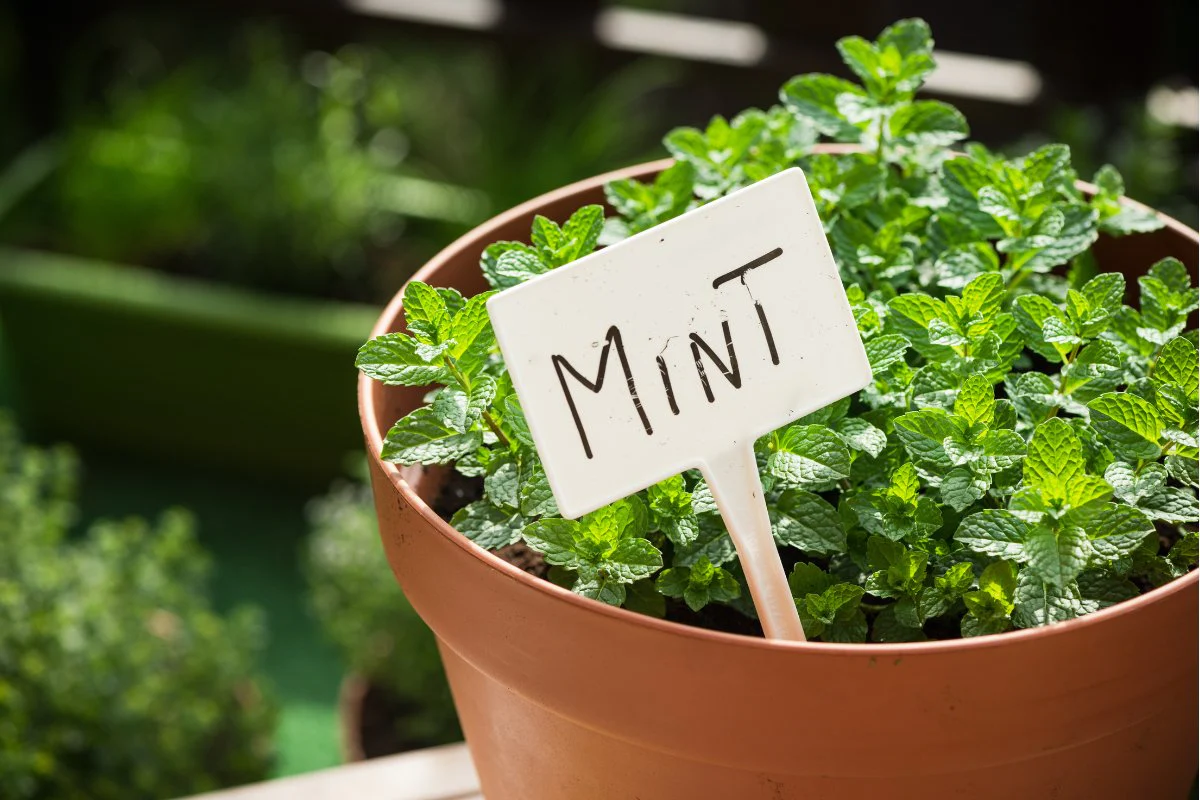
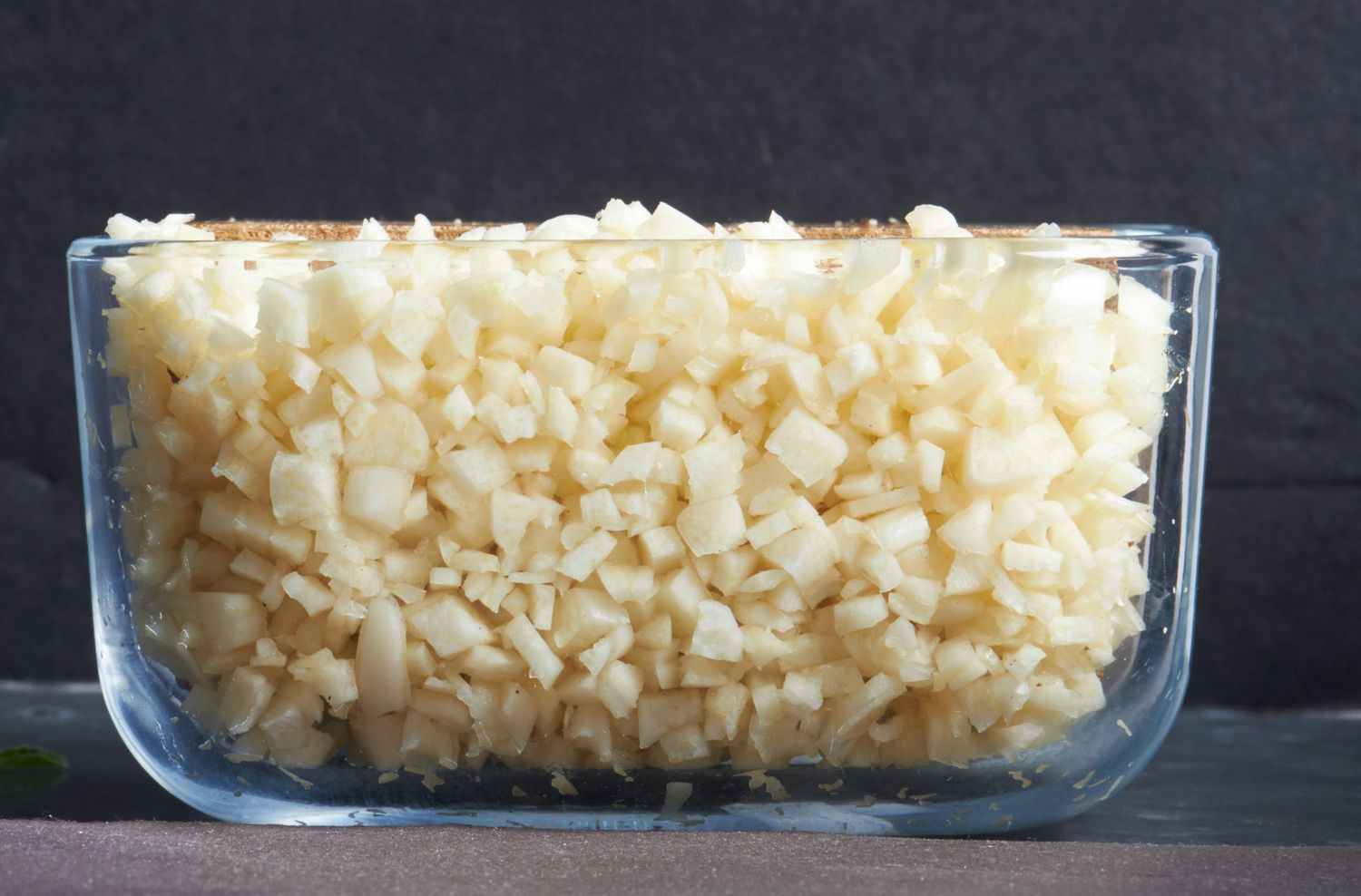
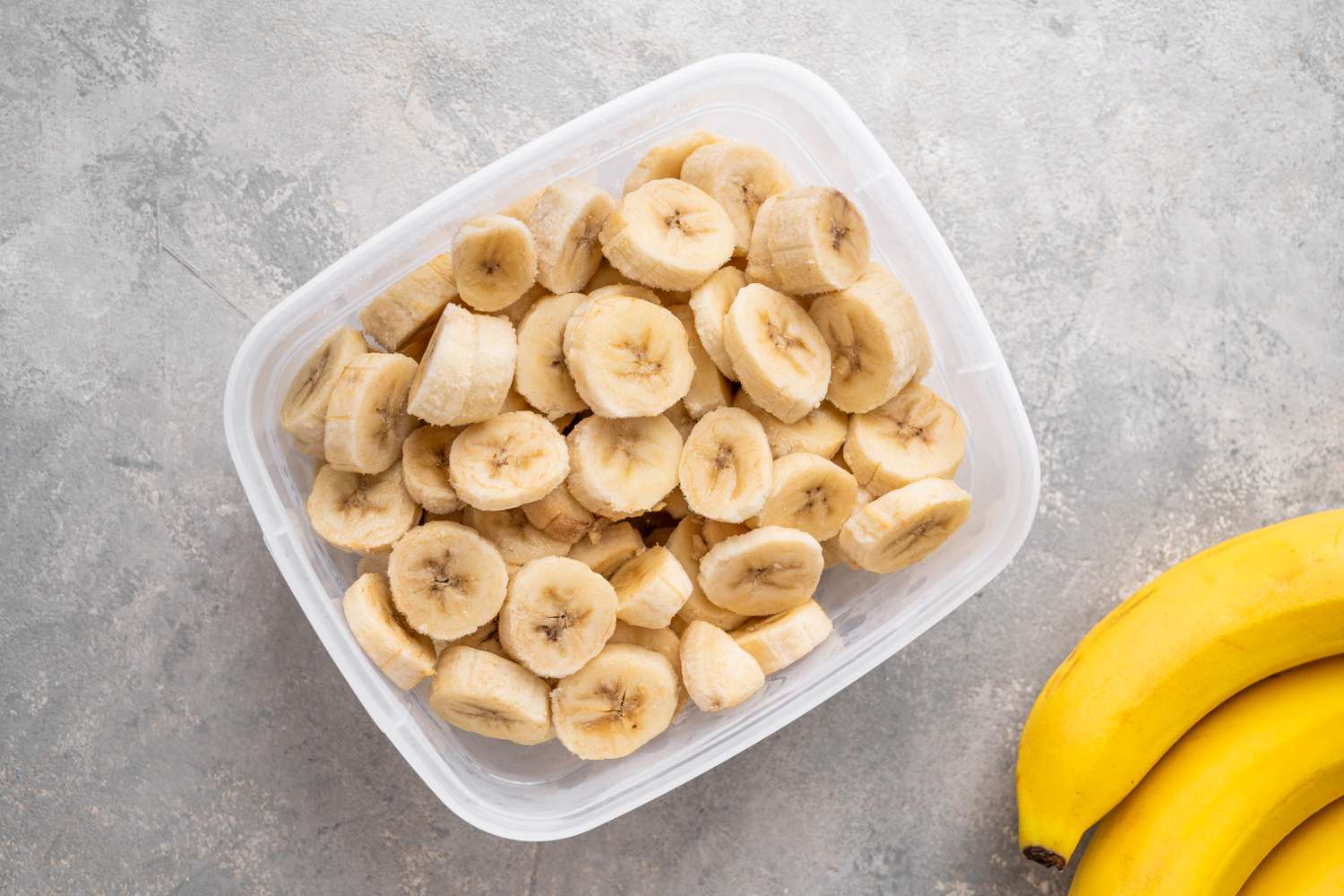
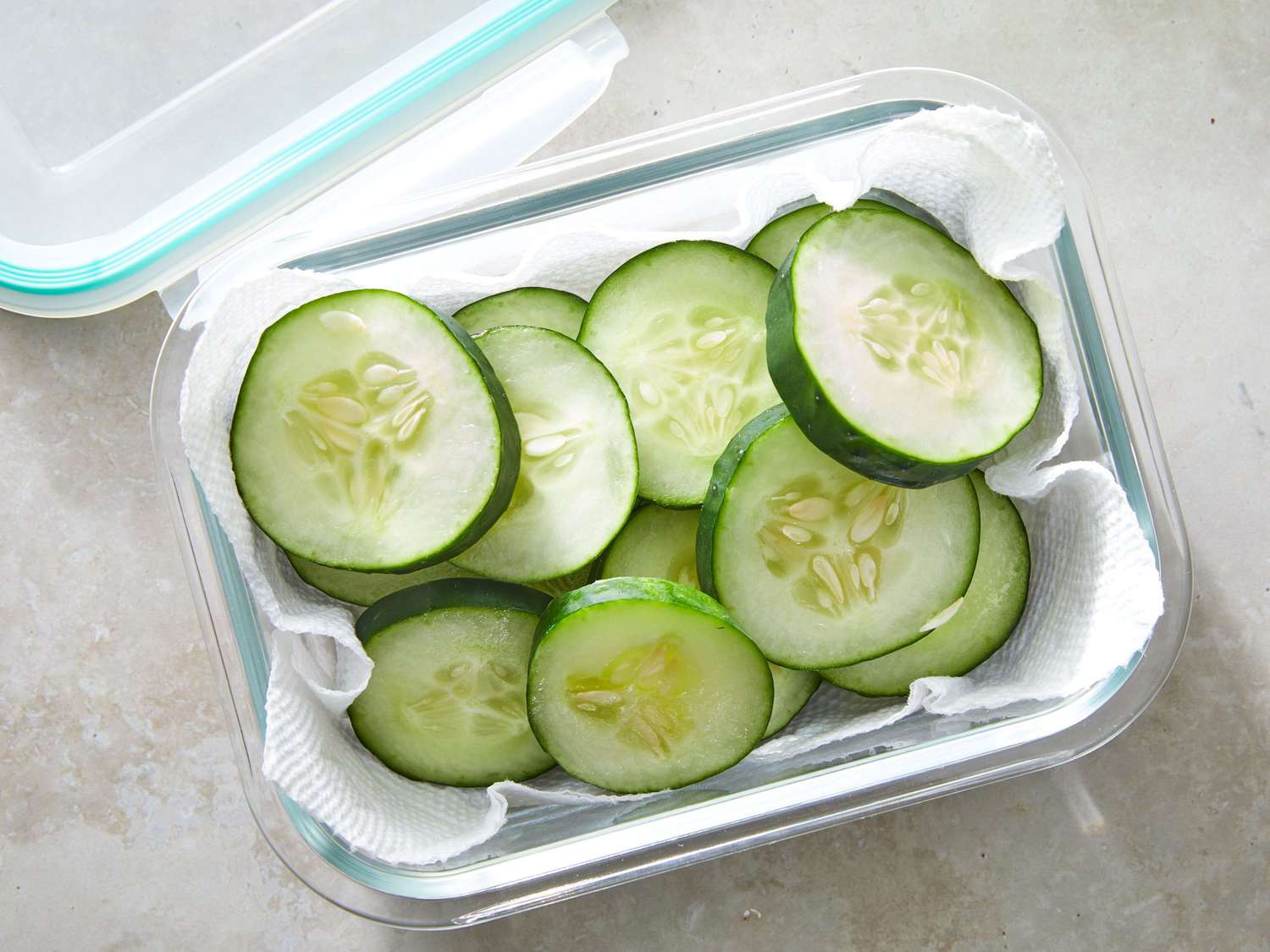

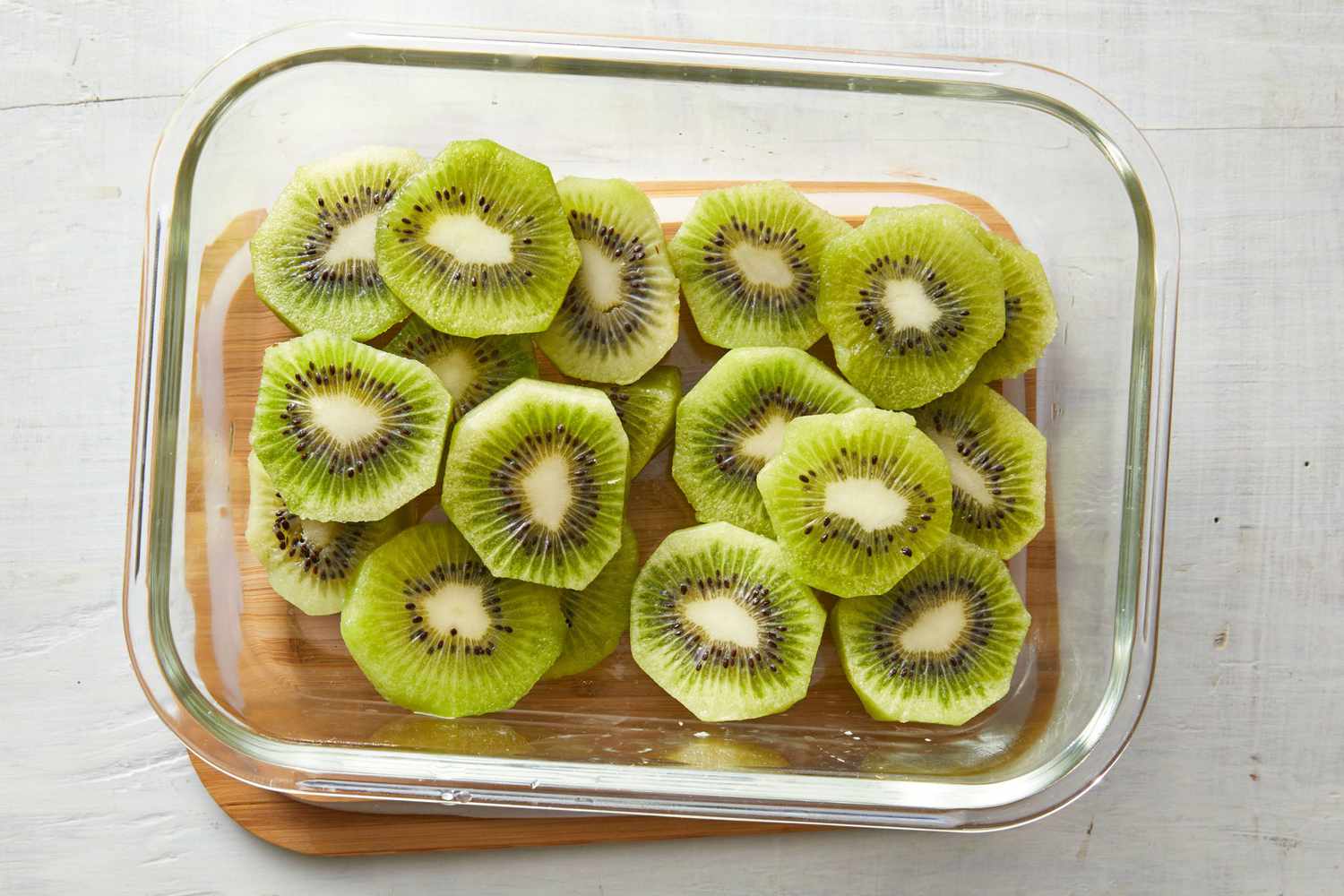
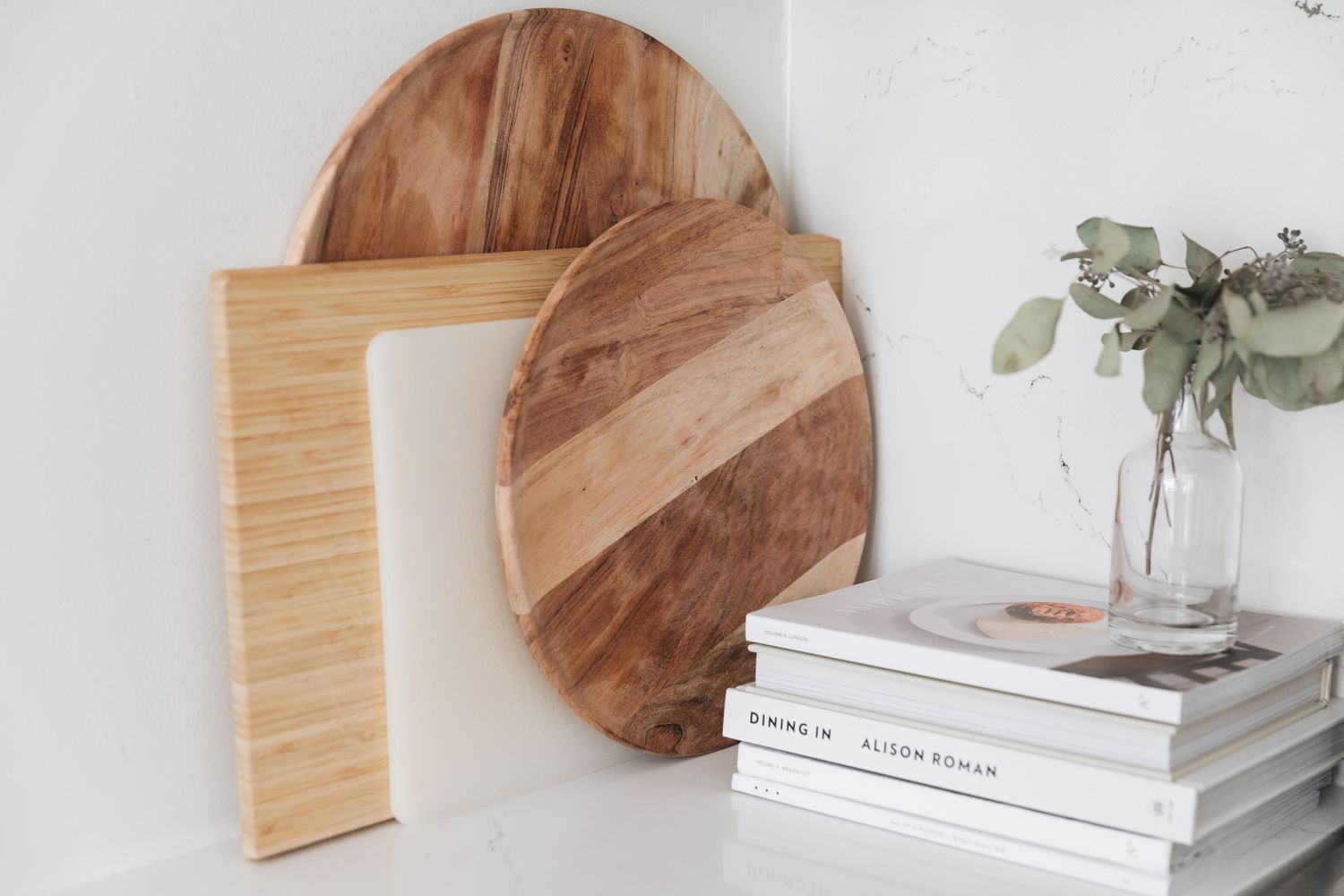
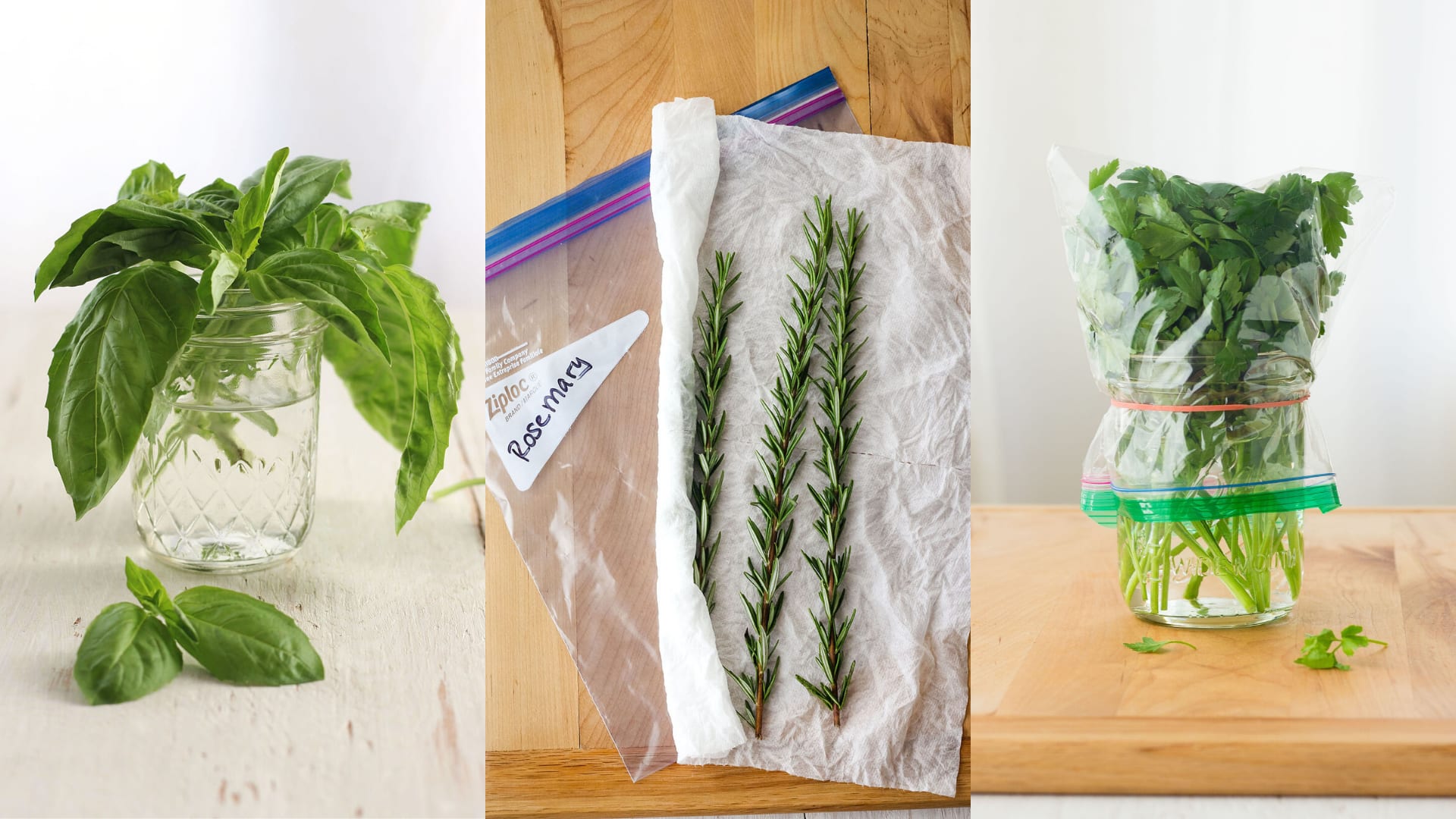

0 thoughts on “How To Store Cut Mint”